1. Songguk-ri site and Songguk-ri Culture
2. Spread of Agriculture and Social differentiation
3. Settlements and Occupation sites
4. Stone tools and Potteries
5. Burials of Songguk-ri site
6. Conclusion
Although there are many argument about bronze age periodization and chronology in korea, it is indisputable that Songguk-ri Culture is one of the most significant criteria for dividing Korean bronze age. Songguk-ri Culture, being considered typical remains of Korean middle bronze age, is cultural pattern which shares features of unique occupation site, Songguk-ri type pottery, triangle blade, Songguk-ri type burial and hamlet with moat. Remains which apply to Songguk-ri type are focused on Chungcheong-do, Jeolla-do and the western Gyeongsang-do, but it seems to substitute earlier times types and spread to another region, and it is found in the whole of South Korea region except northern Gyeonggi-do, Gangwon-do and eastern part of Yeongnam region. Songguk-ri culture, also, crossed over Japan and had an influence on Yayoi culture.
There are still many argument about beginning of Songguk-ri culture. Many archaeologists agree that beginning of Songguk-ri culture might be about B.C. 8 century, however the dispute about whether Songguk-ri culture was made autochthonously or introduced from other area is continuing. Foreign origin theory is that Songguk-ri culture which was introduced form other area settled in middle and down stream of Gumgang river and spread contacting with existing groups, while autochthonous theory argues that Songguk-ri culture appeared from Yeoksam-dong or Garak-dong culture.
The first excavation about Songguk-ri culture was performed at Chochon-myeon, Buyeo-gun, Chungcheongnam-do in 1974 and became known by Baekje Cultural Research Institute and Gongju National Museum which excavated stone cist. After that time, four times full-scale investigation was started from 1975 to 1978, and annual excavation was begun from the year 1985.



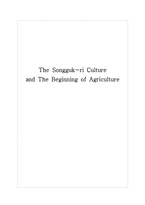
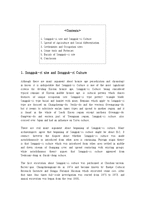
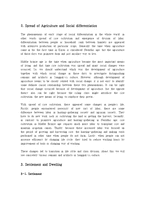
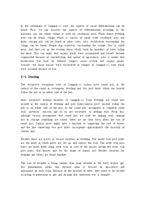
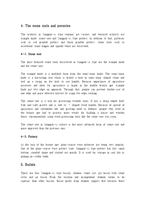
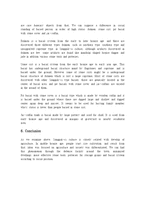
 분야
분야


